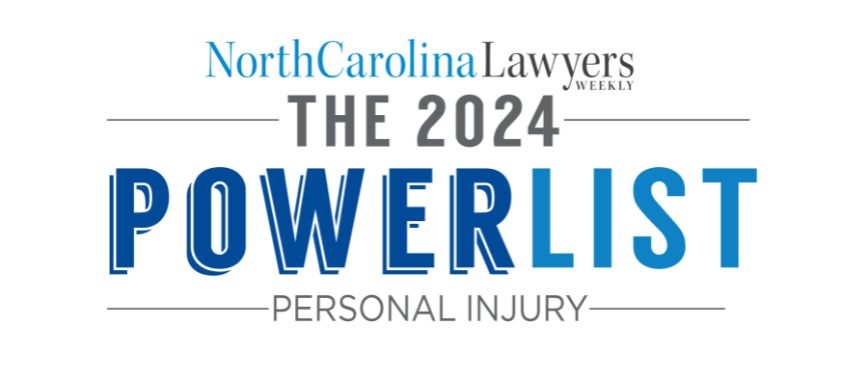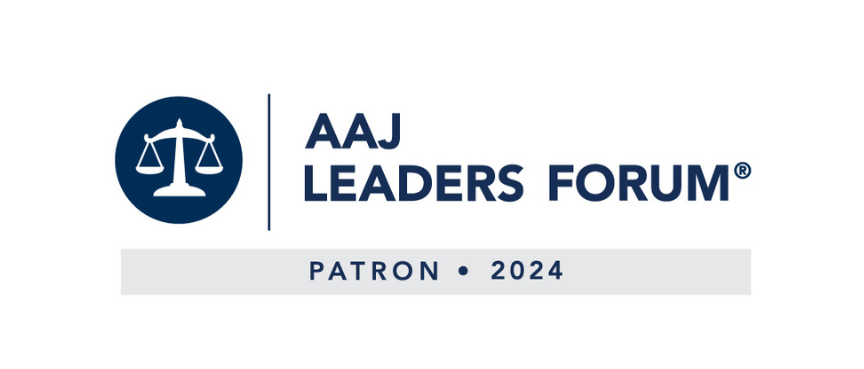Clavicle fractures are among some of the most common bone fractures seen in the medical community. The clavicle bone, also known as the collarbone, is one of the most exposed bones in the body and serves to strengthen the connection between the arm, shoulder, and rib cage while also protecting the important blood vessels underneath.
A common injury in a North Carolina automobile collision is a collarbone fracture. Fractures of the collarbone, or clavicle, are in one of three areas of the bone:
- When the force is felt near the top of the shoulder, as may happen in a car collision, the fracture is of the outer third of the collarbone.
- The middle third is where the majority of collarbone fractures occur. These fractures are usually caused when the arm is outstretched to brace from the impact.
- The least common location for a collarbone fracture is the third nearest the sternum. This happens in an automobile collision when there is a direct impact to the front of the chest, most often from the steering wheel.
Most collarbone fractures are closed fractures where the ends of the bone don’t move too far apart. However, some are open fractures, where a piece of the bone pierces the skin. The bone may also cut into one of the large nerves or blood vessels of the shoulder. In the worst cases, a piece of the fractured collarbone may puncture the lung and create serious breathing problems.
Symptoms of a Clavicle Fracture Following an Automobile Collision
- Pain, swelling, and tenderness
- Difficulty lifting arm and shoulder
- A grinding sensation when trying to move the arm
- Slumping shoulder
- A bump over the fractured area
- Bone piercing skin (in an open fracture)
- Abrasion and bruising on the collarbone and shoulder
Treatment for a Clavicle Fractures
If the bone has not separated and the pieces are well-aligned, the doctor may have you use a sling or tape the shoulder in place with a figure-8 bandage. Healing for a non-displaced collarbone fracture usually takes between six and twelve weeks.
If the fracture is displaced, it is sometimes possible for the doctor to gently manipulate it into place in a closed reduction. Clavicular rings are sometimes used to hold the bone in place. However, this treatment has generally been found to be ineffective.
Usually, any fracture that is displaced, angulated, or overlapped is better treated surgically. This involves either a plate with screws or a long intramedullary pin down the center of the bone to hold it in the proper alignment for healing. A bone graft may be taken during the surgery from the surrounding area to stimulate healing. If a plate and screws are used it will occasionally be necessary to undergo a second operation to remove the plate. Physical therapy is usually recommended to restore the range of motion after the fracture is healed.
Representation for Fractured Clavicles
A broken clavicle restricts your activities for up to three months. If you broke your collarbone in a car accident that was caused by someone else’s careless driving, you may have a claim to recover your damages. You should speak to an experienced attorney right away.
If you’ve suffered a fractured clavicle from a North Carolina automobile collision caused by another driver’s negligence, you are entitled to compensation for the damages you’ve incurred. Our personal injury attorneys are experienced in handling complex cases including those involving victims who have suffered fractured clavicles due to the negligence of another North Carolina driver.
Our firm has three conveniently located offices in Raleigh, Charlotte, and Fayetteville. For information on each branch, visit the Locations tab in the navigation menu. To reach an intake specialist, visit our contact page or submit a chat through our Live Chat feature. You may also call us at (919) 526-0450. Our Raleigh office handles most consumer cases, but we accept clients from across the state.





